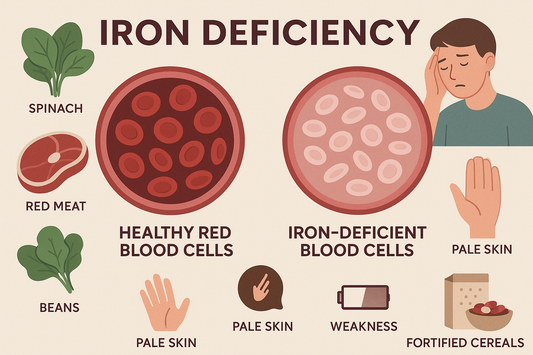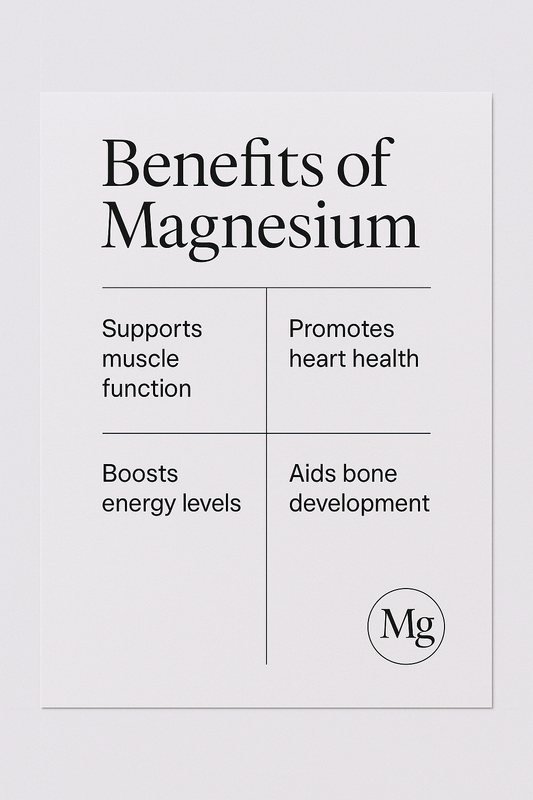A Gripping Issue
Wrist (grip) strength is a significant trait not only in sports, but in daily activities as well. Whether gripping a device (ball, bat, ring, bar, to name just a few), or gripping another human, a strong, firm grip is a common necessity. The largest muscle masses yielding grip strength are the extrinsic flexors of the hand and wrist.
The most frequent exercise recommendation for improving these muscles is the performance of wrist curls and wrist rollers. This is a conspicuous problem (they are usually prescribed with particularly numerous repetitions, i.e., endurance training) as grip strength can be powerfully developed without such isolation activities that entail comparatively light weights, thus restraining strength gain prospects.
A way out to this problem is objectively straight forward, having two parts. The first is to incorporate exercises demanding the holding of heavy loads in the hands, such as cleans or deadlifts. In these exercises, the extrinsic flexors isometrically contract and hold the load in the hands, a particularly powerful training stimulus. The kind of grip used does impact the degree of isometric work performed by the flexors.
A standard (double overhand) grip entails the most work as it is merely the force of the flexor contraction holding the bar in place (i.e., an unassuming muscle-driven grip). A powerlifting deadlift (alternating hand direction) grip lessens the quantity of work necessary because as the bar rotates up in one hand as it rotates down the other, an unconventional direction force-driven grip.
There is an additional grip used in lifting a bar from the floor, the hook grip. In the hook grip, the thumb is adducted across the bar to be raised, then the fingers are enfolded around the bar and over the thumbs. This decreases the amount of flexor strength required to hold a weight in the hands (i.e., a friction-driven grip).
So, for wrist enlargement, the order of desirability is (firstly) the double overhand grip, the deadlift grip, and lastly the hook grip.
The second chunk of proper wrist development is to incorporate dynamic finger flexion into training. There are various weighted and spring-loaded implements obtainable to complete this task. One vital thing to remember is that advancement in load (making it heftier or more challenging), whether on a bar or a grip trainer, is at all times a requirement.
Bibliography
• Kilgore, Lon. Anatomy without a scalpel. Iowa Park, Tex.: Killustrated Books, 2010.
• Rippetoe, Mark, Lon Kilgore, and Glenn Pendlay. Practical programming for strength training. Wichita Falls, Tex.: Aasgaard Co., 2006.













